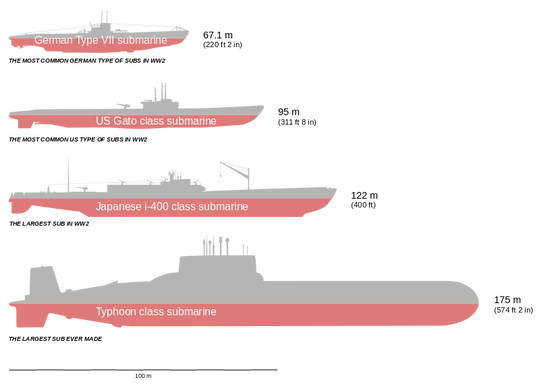
Since one of the biggest issues with such thrusters is the limited energy available on-board, induction MHD drives have not been developed out of the laboratory.īoth systems can put the working fluid in motion according to two main designs: No electrodes are required in this case.Īs induction MHD accelerators are electrodeless, they do not exhibit the common issues related to conduction systems (especially Joule heating, bubbles and redox from electrolysis) but need much more intense peak magnetic fields to operate. Induction devices when alternating currents are induced by a rapidly varying magnetic field, as eddy currents.Conduction devices when a direct current flows in the fluid due to an applied voltage between pairs of electrodes, the magnetic field being steady.MHD thrusters are classified in two categories according to the way the electromagnetic fields operate: Where f is the force density (force per unit volume), ρ the charge density (charge per unit volume), E the electric field, J the current density (current per unit area) and B the magnetic field. B: MHD accelerator mode.Īs the Lorentz force in an MHD converter does not act on a single isolated charged particle nor on electrons in a solid electrical wire, but on a continuous charge distribution in motion, it is a "volumetric" (body) force, a force per unit volume:į = ρ E + J × B As with all electromagnetic devices, an MHD accelerator is reversible: if the ambient working fluid is moving relatively to the magnetic field, charge separation induces an electric potential difference that can be harnessed with electrodes: the device then acts as a power source with no moving parts, transforming the kinetic energy of the incoming fluid into electricity, called an MHD generator.Ĭrossed-field magnetohydrodynamic converters (linear Faraday type with segmented electrodes). This is the same working principle as an electric motor (more exactly a linear motor) except that in an MHD drive, the solid moving rotor is replaced by the fluid acting directly as the propellant. If either positive or negative species dominate the vehicle is put in motion in the opposite direction from the net charge. The Lorentz force accelerates all charged particles, positive and negative species (in opposite directions).

The working principle involves the acceleration of an electrically conductive fluid (which can be a liquid or an ionized gas called a plasma) by the Lorentz force, resulting from the cross product of an electric current (motion of charge carriers accelerated by an electric field applied between two electrodes) with a perpendicular magnetic field. Illustration of the right-hand rule for the Lorentz force, cross product of an electric current with a magnetic field. Plasma propulsion engines using magnetohydrodynamics for space exploration have also been actively studied as such electromagnetic propulsion offers high thrust and high specific impulse at the same time, and the propellant would last much longer than chemical rockets. Stronger technical limitations apply to air-breathing MHD propulsion (where ambient air is ionized) that is still limited to theoretical concepts and early experiments. In 2023 DARPA launched the PUMP program to build a marine engine using superconducting magnets expected to reach a field strength of 20 Tesla. Increasing current density is limited by Joule heating and water electrolysis in the vicinity of electrodes, and increasing the magnetic field strength is limited by the cost, size and weight (as well as technological limitations) of electromagnets and the power available to feed them. įew large-scale marine prototypes have been built, limited by the low electrical conductivity of seawater. Studies examining MHD in the field of marine propulsion began in the late 1950s. The fluid is directed to the rear and as a reaction, the vehicle accelerates forward.

The first working full-scale MHD ship.Ī magnetohydrodynamic drive or MHD accelerator is a method for propelling vehicles using only electric and magnetic fields with no moving parts, accelerating an electrically conductive propellant ( liquid or gas) with magnetohydrodynamics.


 0 kommentar(er)
0 kommentar(er)
